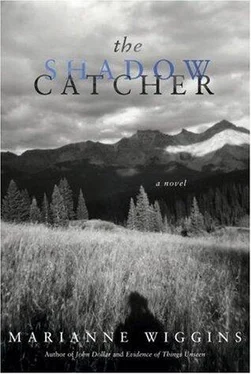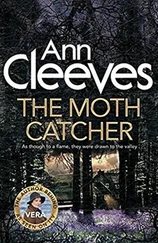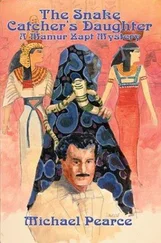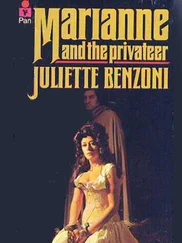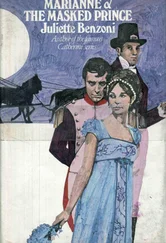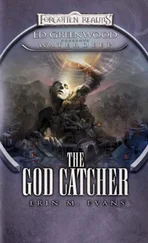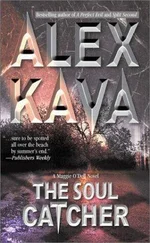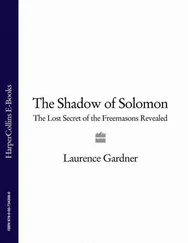“Of course ever since we’ve been attending Sundance — how many years is it now, Michelle, thirteen? fourteen? — there’s been a writer in Park City flogging a new Curtis project.”
“Mine isn’t a new Curtis project,” I put in, surprised by what I hear as a little trill of stridency in my voice. “Mine is a novel.”
“Well of course it is,” she smiles. “Which is why I knew we had to have first look.”
She pats my manuscript and I realize, with relief, she hasn’t read it. Jon must have brought it with him to the table.
“‘The Shadow Catcher.’ It’s the name the Indians called him, no? The name they gave him when he showed them pictures of themselves?”
“That’s the legend, yes.”
My voice seems to be coming through a mask.
“Look, I want to be honest with you,” I say as a way to help her crib my work “Curtis lived a long, long time. Eighty-four years. He had a very complicated life.” I gesture toward THE COLLECTED WORKS. “The time he spent taking photographs of Indians is only one of many chapters in his long and complicated life, and the story that I’ve written might not be the story that you want.”
I look at Jon, and Jon looks pained.
“Curtis is dead,” I continue. “His children are all dead. His life has passed into public domain. You could hire someone to write the script you’re looking for. You don’t need to option my version of his life.”
“I’m paid for picking winners,” she tells me.
She pushes Curtis’s self-portrait toward me.
“How could someone who looks like this and risks his life to make gorgeous images of Indians not be perfect for a movie? How tall was he?”
“Six feet.”
“Blue eyes?”
I nod.
“As I was telling Jon before you came, we’ve had our sights on a Curtis project for years — but nothing’s been right for us so far. What we’re looking for is a story that combines all the elements — the outdoors — adventure — romance — plus it’s got to have the do-good message. No one would ever know the history of these tribes, what they wore and how they lived, if Curtis hadn’t risked his life to track them down and make these photographs.”
I blink a couple times. I, too, have brought along some books and now I place them on the table.
“I don’t know if Jon has told you, but I researched the book for several years before I started writing it. So I’ve become something of an expert on his life…”
“— the expert,” Jon puts in.
“I started out with admiration toward the body of this work, these stunning photographs, the breadth of their achievement, and toward the man who was responsible for making them. You could say I fell a little bit in love with him.”
“Me, too,” Stacey confesses.
“Who wouldn’t?” her assistant comforts her.
“What’s not to love?” Jon poses.
“I thought, as you obviously still do,” I continue, “‘Gosh, what a hero, what a masterpiece of service to his nation.’ Here’s a guy, no formal training, no formal education, who builds his first camera from scratch, learns through trial and error, on his own, what was then still considered the science of photography, not the art, and not only masters the technical difficulties of recording light but turns the processes of capturing it into works that are noble and magnificent and beautiful to behold. A man who, out of the blue, out of a commitment to his nation, sets himself the task of photographing every native tribe west of the Mississippi, every one of them, including the natives of Alaska, before they vanished to dust, before their tribal customs disappeared under the burden of colonization, under the weight of the white man’s coming. And then — on top of all of that — miraculously — gets the job done.”
“I’m loving this guy more and more,” Stacey confides.
“Let me ask you something,” I propose. “When do you think these photographs were taken?”
I push one forward.
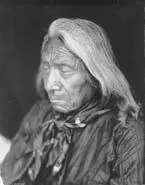
“This is Red Cloud,” I point out. “Revered Sioux warrior. When do you think Curtis made this picture? Or this one,” I suggest. “These are Apaches.”
Michelle suggests, “Around the Civil War?”
“That seems right,” Stacey agrees. “I’d say…mid-nineteenth century?”
“Twentieth,” I emphasize. “Every one of these. Taken, not as you believe, or as you’re led to believe, when the tribes were roaming the Plains, hunting buffalo, camping by rivers in their tipis, but after they’d been neutralized, confined in high-security encampments, herded onto reservations, deprived of their livelihoods, forced into the manufacture of ‘Indian-ized’ tourist junk, their children forcibly assimilated into Christian schools. After every one of them was no longer a free individual but a prisoner of war. Curtis didn’t risk his life finding them — he paid the Bureau of Indian Affairs a fee to photograph inside the reservations, that he drove to, in most cases, in his car . This is a test exposure that he took—”
I push an image toward her. It’s a photograph Curtis made of his Ford parked next to a Sioux tipi.
“It’s a car next to a tipi…so what?” she says.
I push another image forward.
“—this is the image of that location that he published in The North American Indian. See the difference? No car.”
I show her a print of two Piegan braves seated in their tipi with a prized clock between them; and then I place Curtis’s preferred version of that print, the one he published, next to it. The clock has been erased, manipulated in the darkroom.
“Curtis would take one Indian from one tribe, a Piegan, let’s say, and dress him up in Assiniboin regalia, and that was fine by him. Dressing Navajos as Siouxes. But if there was any totem of modernity — a car, a clock, a zipper or a waistcoat, Curtis would do everything he could to guarantee it was erased.”
“So what’s your point ?”
“—my ‘point’? My point is these photographs have been constructed for a purpose. An artistic purpose, yes — they’re beautiful to look at. But they’re lies. They’re propaganda.”
“Oh come on — look at these faces. These faces don’t lie. These faces are beautiful. And they’re full of truth…“
…I see dignity. Humanity. And strength,” she adds.
“—and I see something bought and paid for by Big Business. In this case, by Union Pacific. By J.P. Morgan and the railroads. Where do you think Curtis got the money to finance all these photographs? Granted, he tried to raise the funds outside the corporate sphere by appealing first to Teddy Roosevelt and the Smithsonian—”
“Curtis was in touch with Teddy Roosevelt?”
“He photographed him.”
“—when T.R. was president ?”
“Curtis photographed T.R.’s daughter Alice’s White House wedding.”
“—he was a wedding photographer, too? — more and more I love this guy! How well did he know T.R.? Did they talk? Do they have scenes together? Who can we get who’s big enough to play ‘Teddy Roosevelt’?”
I ignore this and plug on: “When the Smithsonian turned Curtis’s project down, Roosevelt wrote a letter of introduction to J.P. Morgan for him. And they met.”
“What a great scene.”
“—yes, it was. And Curtis got a lot of mileage from it. According to his version of their meeting, Morgan turned him down at first, but Curtis refused to leave until Morgan promised him the money. Curtis asked for $15,000 a year for six years to put the collected photographs together — more than half a million in today’s dollars — and Morgan told him the Bible had cost less, but he finally wrote the check. And that’s where I start to question our hero, as a hero. The man who built the transcontinental railroad, the man who was Union Pacific, the man who was behind the wholesale slaughter of the Plains buffalo is the man Curtis goes to to finance these portraits of Plains Indians, who depended on the buffalo for their existence. Don’t you think that’s — oh, I don’t know— suspect ?”
Читать дальше
